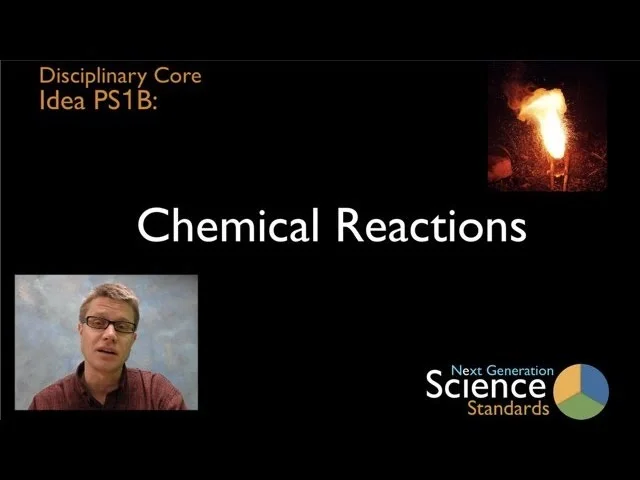ETS1.C: Optimizing the Design Solution
In this video Paul Andersen explains how engineers optimize the design solution. After a number of solutions have been identified engineers will test each of them against a given set of criteria. They will trade-off different phenomenon to arrive at a best solution. An example of this trade-off process was used in the creation of the Apollo 11 lunar module. A K-12 teaching progression is also included.
PS1.B: Chemical Reactions
In this video Paul Andersen explains how chemical reactions progress as bonds are broken and reformed reformed. He explains the difference between changes in state and changes in molecules. He discussed collision theory and explains why increases in temperature and concentration can increase reaction rates. He also discusses the conservation of matter in chemical reactions. The video also contains a teaching progression for chemical reactions from grades K-12.
CCC6: Structure and Function
Paul Andersen explains how the structure of objects are related to their function and vice versa. He begins with a quick quiz on bicycle construction and ends with a progression of teaching for students grades K-12. He also explains how the scale of an object will determine the function studied.
SEP6: Constructing Explanations and Designing Solutions
Paul Andersen explains how scientists modify theories by constructing explanations. He also discusses the cycle of design used by engineers to solve problems. He starts by defining a theory as a well-established explanation of a phenomenon that is refined over time. Examples discussed in the video include the big bang theory, the germ theory and the theory of natural selection. He also lays out a progression for building this skill in students.




